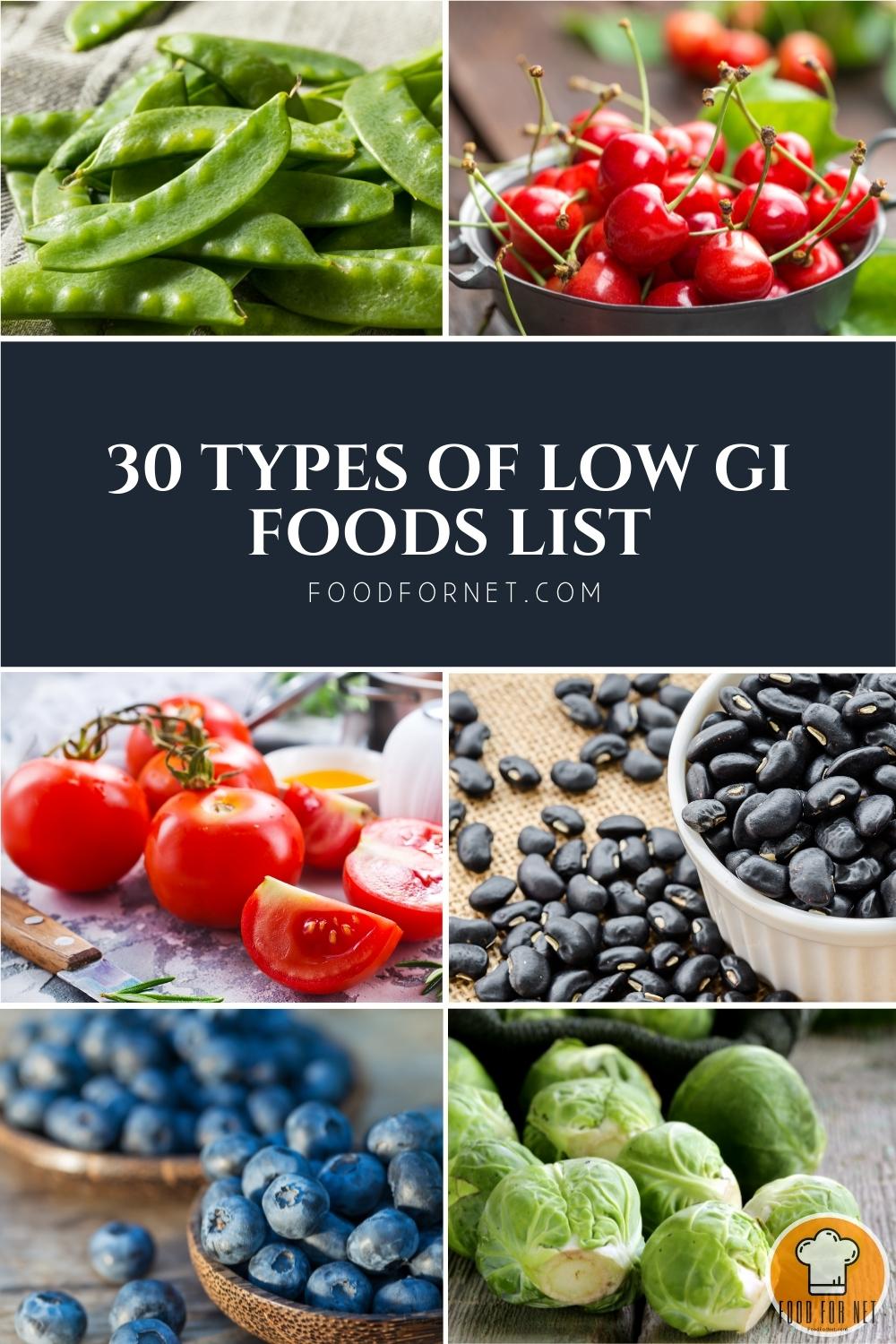
A low glycemic diet decreases blood sugar, insulin response, and inflammation which in turn can help with managing diabetes and lowering the risk of high cholesterol and heart disease. It also keeps you full longer which can help in weight management. So, if you have diabetes or are at risk of developing one, or simply want to control weight, then this low GI food list is for you. To learn more about the health benefits of a low glycemic diet, see our post here.
There are known health benefits of a low glycemic diet and going for food with low GI is a good place to start when working on a diet that suits your needs. But, take note that you still have to make certain considerations – like the portion sizes for instance, or the other variables that affect the glycemic index. You see, as the food ripens or if it’s paired with protein or fat, its GI ranking changes. So, you have to watch out for that. Low GI living is very doable, it does take planning and dedication but it’s achievable.
It’s very important that you listen to your body to see if a particular diet is working for you. You have to be observant of your body’s reaction to the foods that you eat. Keep in mind, too, that you should still keep your diet balanced even when on a low glycemic diet. These low GI foods list serves only as a guide on which foods can you healthily include or substitute to make your diet more suitable to your needs.
Here’s a low GI foods list to get you started on reworking that meal plan. See if you can easily incorporate these foods into your diet.
Types of Low GI Foods (With Pictures!)
Artichokes
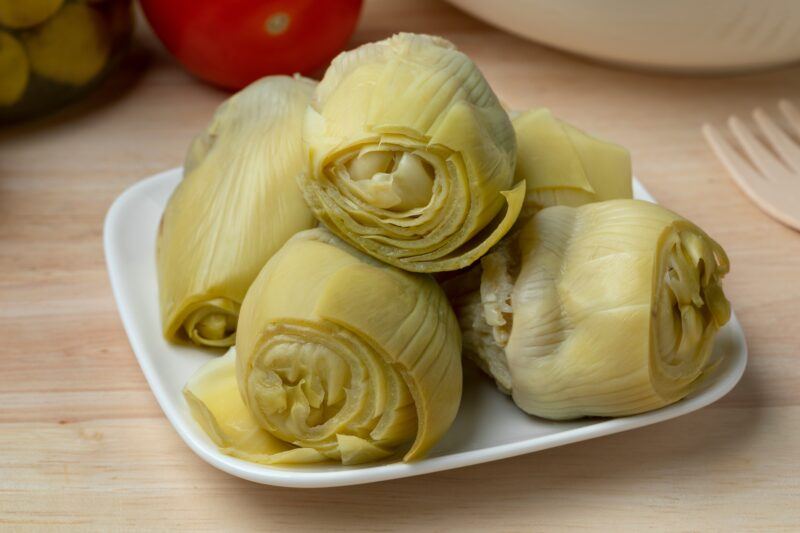
Getting to the artichoke heart can take a bit of work, but it sure is worth it because it’s one of the vegetables with the most antioxidants content. It’s also an excellent source of fiber. it’s good not just in helping with blood sugar levels but in promoting heart health as well.
Black beans
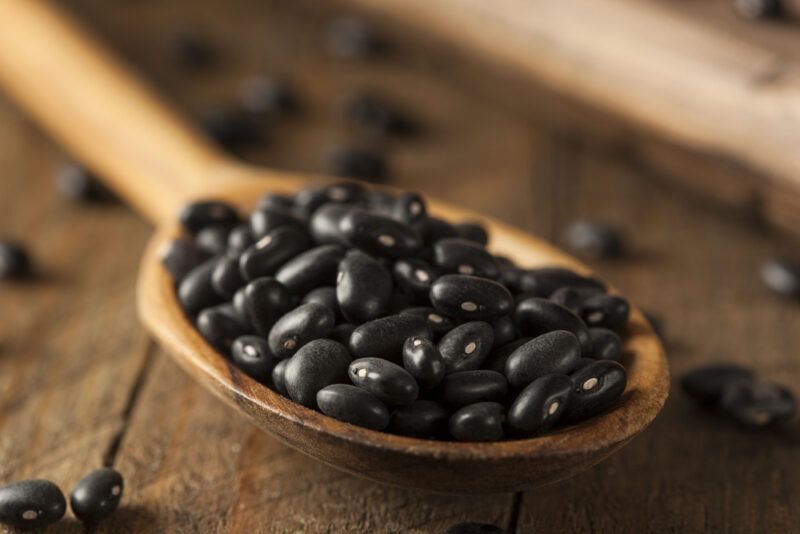
Black beans, also called turtle beans, are classified as legumes. They’re rich in protein and fiber. Black beans have a soft and creamy texture with a mild flavor that is perfect for use in many dishes because it takes flavor so well. It offers a variety of phytonutrients with antioxidant properties like anthocyanins, kaempferol, quercetin, and saponins.
Blueberries
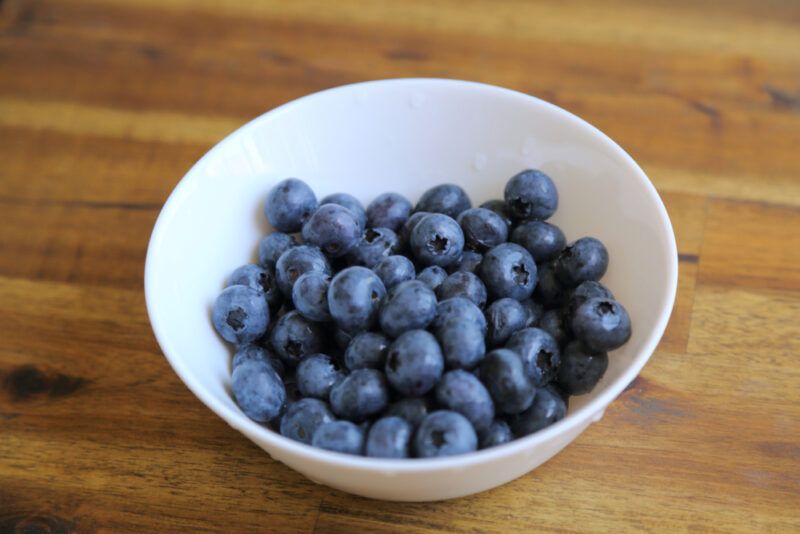
Blueberries are referred to as a superfood because it’s packed with antioxidants, phytoflavonoids, fiber, vitamins, and other healthy nutrients. Even its intense blue color is brought about by anthocyanins which is also a type of antioxidant. Blueberries are very versatile, you can have them in your breakfast, lunch, dinner, and even for snacks and desserts.
Bok choy
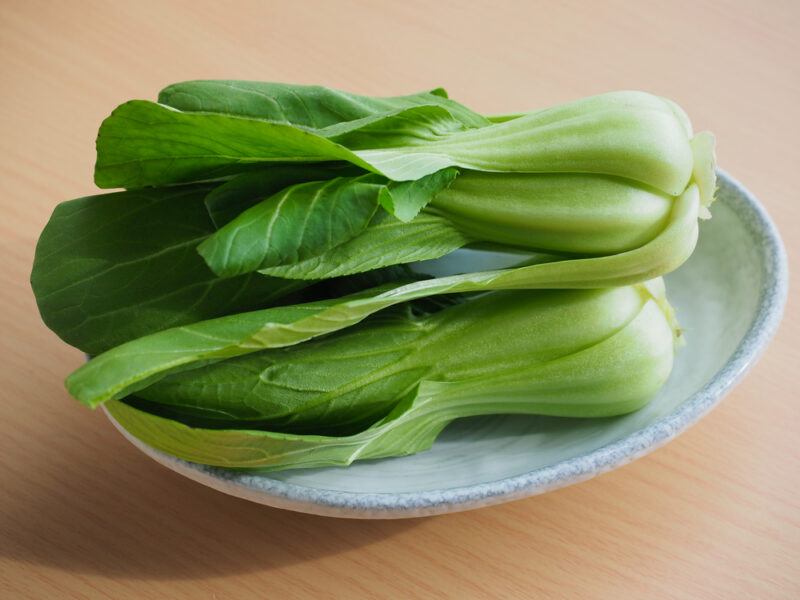
Bok choy has a mild and cabbage-like flavor with a slightly bitter note. It’s a great addition to soups, stir-fries, and salads. Bok choy also makes for a great filling for spring rolls, steamed buns, dumplings, or potstickers. It’s particularly high in calcium, iron, phosphorus, magnesium, and vitamin K.
Broccoli
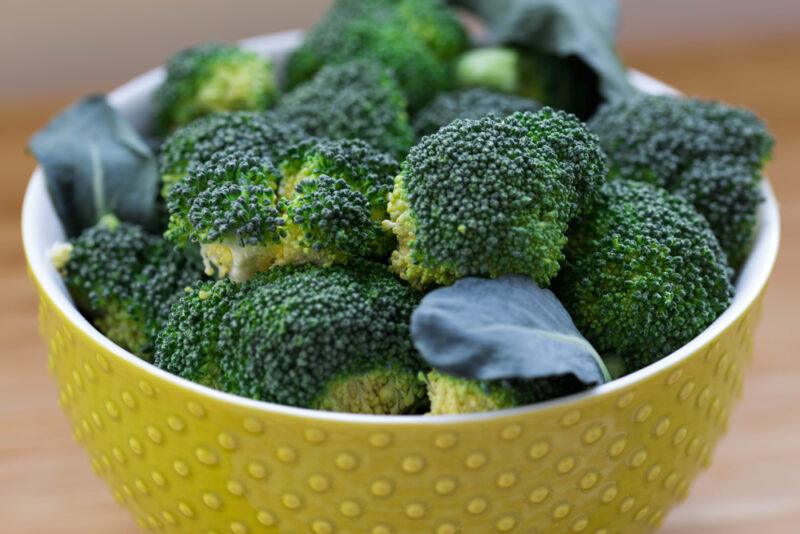
Aside from the fact that broccolis are available all year round, they also come in a variety of colors – from deep sage to dark green to purplish-green. In addition to its many nutrients including fiber, potassium, and vitamins C and K, it also contains more protein than most other vegetables.
Brussels sprouts
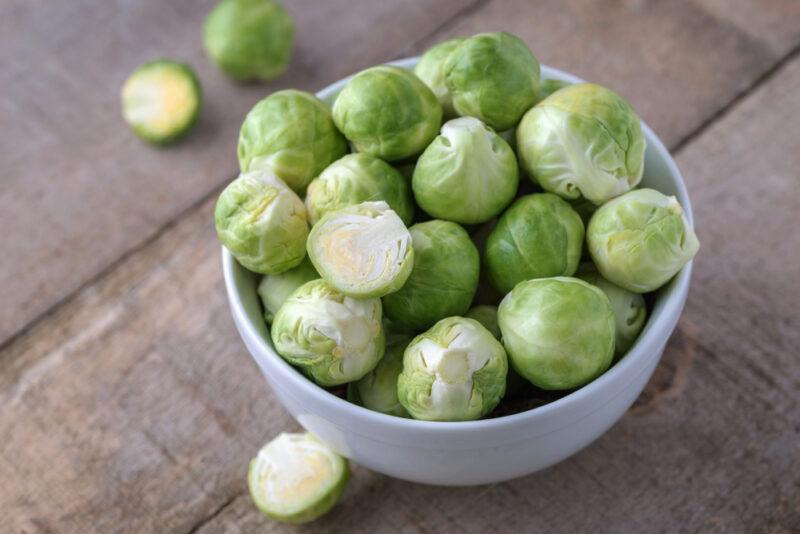
These mini-cabbages-looking veggies are members of the cruciferous vegetable family. It’s particularly rich in vitamin K and vitamin C, about 250% and 150% recommended daily intake of the two vitamins respectively. Aside from its anti-inflammatory properties it also acts as a natural detoxifier.
Cabbage
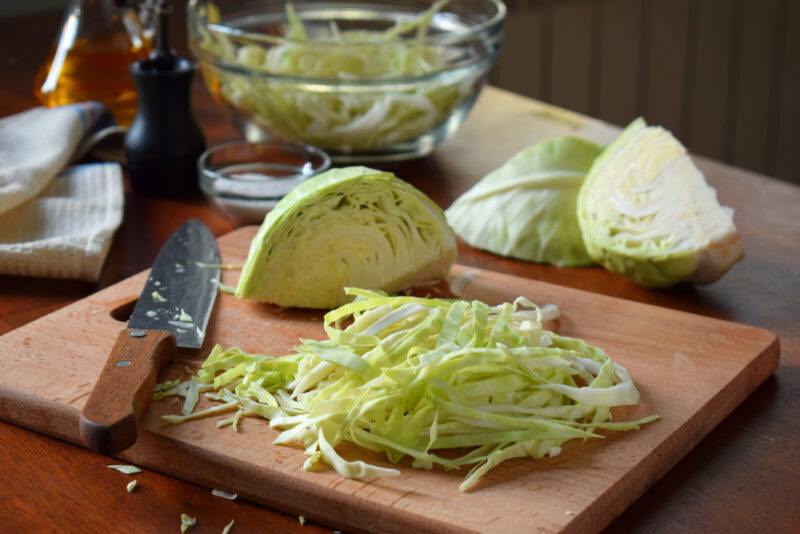
Although we are more familiar with green cabbage, napa cabbage, savoy cabbage, and red cabbage, there are actually over 400 varieties out there. It’s one of the oldest veggies in existence. It contains fiber, vitamin C, folate, vitamin K, potassium, manganese, thiamin, vitamin A, vitamin B6, calcium, and iron.
Cauliflower
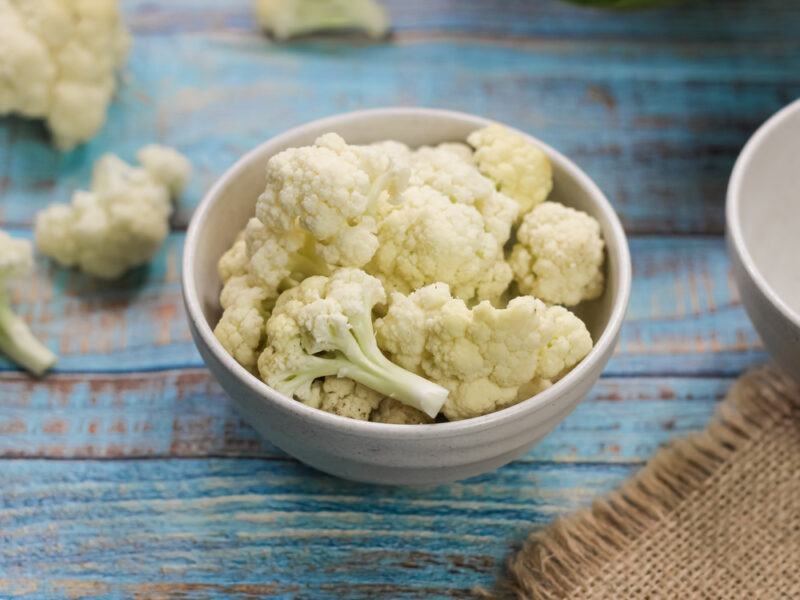
Cauliflower is actually one of the most popular vegetables for keto dieters. It only contains 4% carbs and is a good flavor absorber. It’s great for cauliflower pizza, cauliflower rice, and even cauliflower bread. It’s naturally high in fiber and B vitamins. It’s also a great source of vitamin C, folate, vitamin K, and vitamin E. It’s also rich in phytochemicals and antioxidants.
Celery
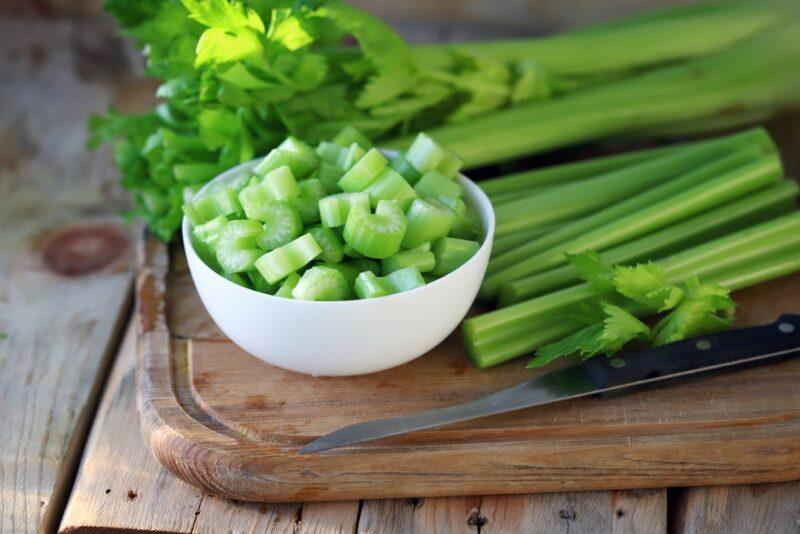
Unlike other veggies, celery retains most of its nutrients even after it’s steamed. It also has a fairly long shelf life of about two weeks in the refrigerator. Celery is a good source of vitamin K. It also contains folate, potassium, fiber, molybdenum, and small amounts of vitamins C, A, and B vitamins. It’s also rich in phytonutrients which may have antioxidant and anti-inflammatory properties.
Cherries
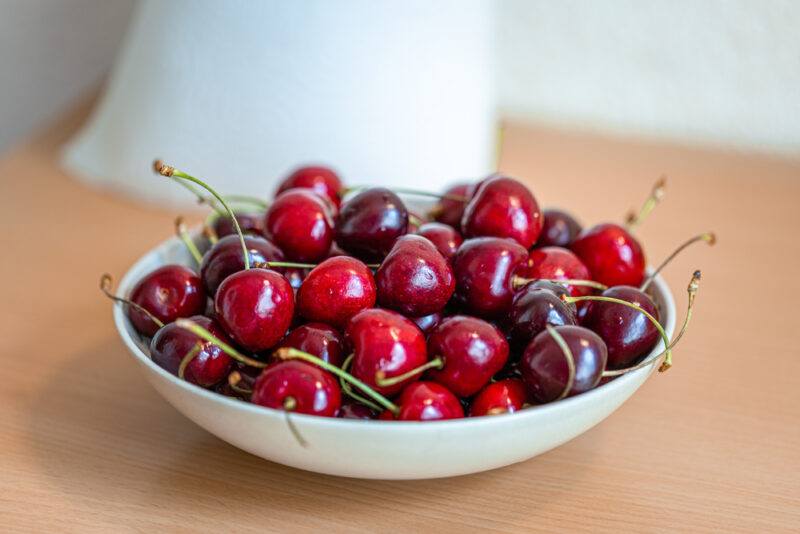
Cherries come in sweet, sour, and dukes varieties. The sweet ones are juicy with a low acid content, the sour cherries have a tart flavor due to their higher acid content, while the dukes are a mix of the two with the sweetness slightly more pronounced. They’re particularly rich in vitamin C which is vital to iron absorption, collagen formation, and aiding other functions in the body.
Coconut
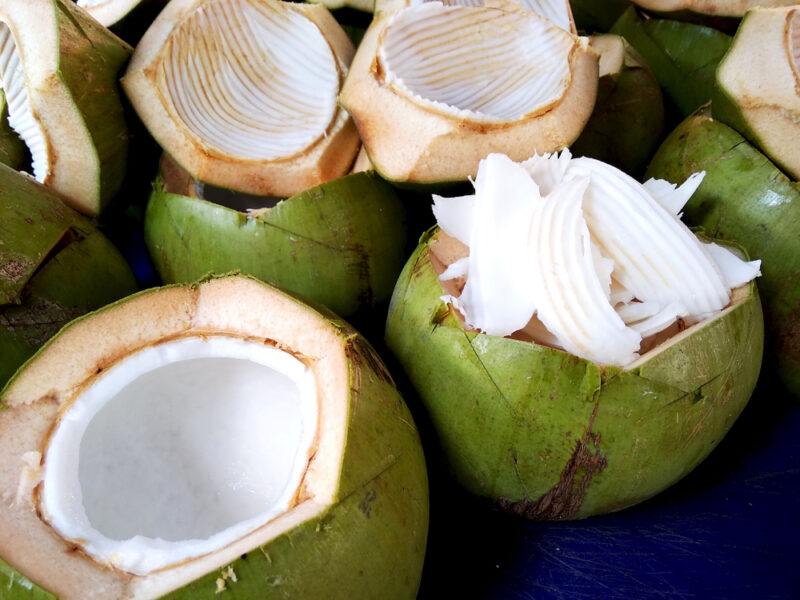
Coconut in spite of its name is not a nut but rather it’s a drupe like plums, almonds, olives, and cherries. They are high in manganese which boosts bone health and metabolism of carbohydrates, proteins, and cholesterol. It also contains copper, iron, and selenium. Coconut water, in particular, is a good source of potassium.
Cottage cheese
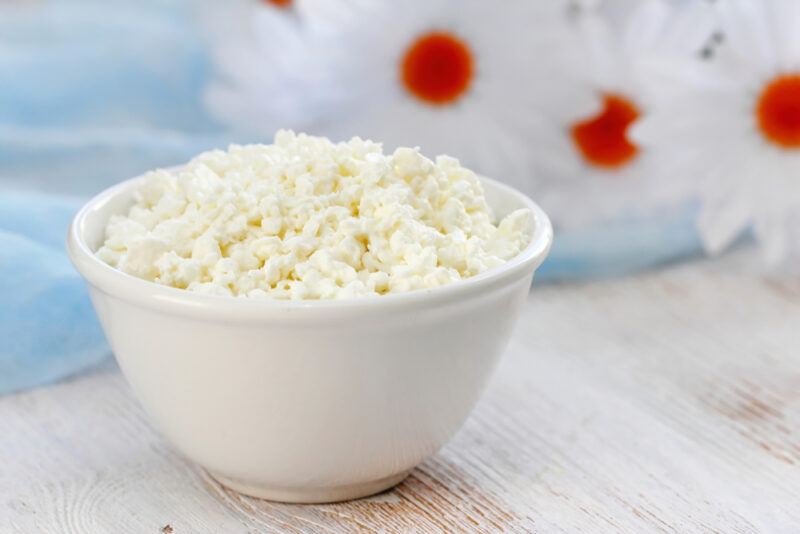
Cottage cheese being a fermented food is rich in probiotics (if it didn’t go under the pasteurization process). Small curd cottage cheese has a noticeable tartness while large curd tends to taste sweeter. It’s fairly easy to make cottage cheese so you can really try making one at home. Cottage cheese is an excellent source of protein and also contains B vitamins, calcium, selenium, and phosphorus.
Cranberries

Cranberries have a very tart taste because of their low sugar and high acid content. However, it’s full of powerful phytochemicals that protect against illnesses. You can snack on them like you would blueberries. You can also toss them into a salad, blend them into a smoothie, or add them to oatmeal. Cranberries contain natural flavonoids that boost dental hygiene by preventing the growth of bacteria, plaques, and gum disease.
Dried apricots
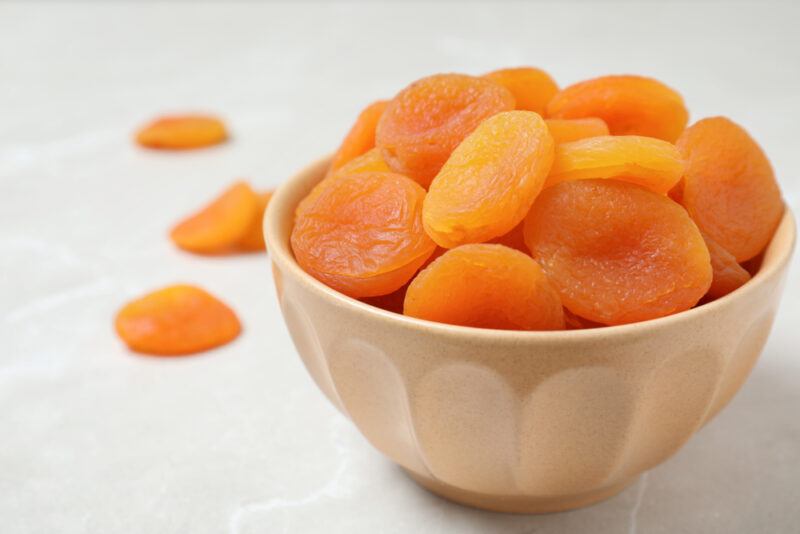
Dried apricots have a rather intense sweet and sour flavor. They are an excellent source of vitamin A, in fact, just a cup will give you 94% of the daily recommended amount. It’s also rich in vitamin E, potassium, and iron. It’s also high in fiber and polyphenol antioxidants called flavonoids which protect against certain illnesses like diabetes and heart disease.
Eggplant
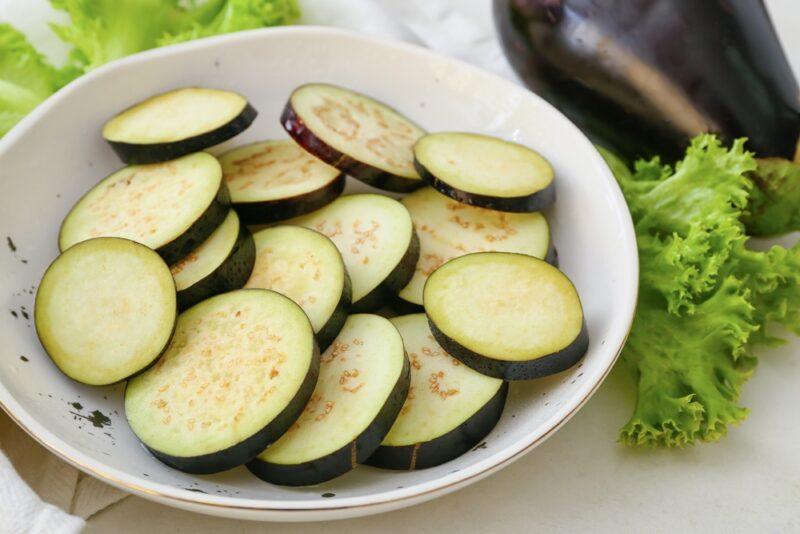
Eggplants are one of the vegetables that originated in India. It’s a great source of vitamins C, K, and B6, thiamine, niacin, magnesium, manganese, phosphorus, copper, folic acid, potassium, and fiber. It also contains phytonutrients that help in improving mental health and boosting memory.
Green peas

Green peas are actually the seeds of a legume plant and the most frequently consumed ones among peas. It contains fiber and protein as well as polyphenol antioxidants which are responsible for its many health benefits.
Hummus
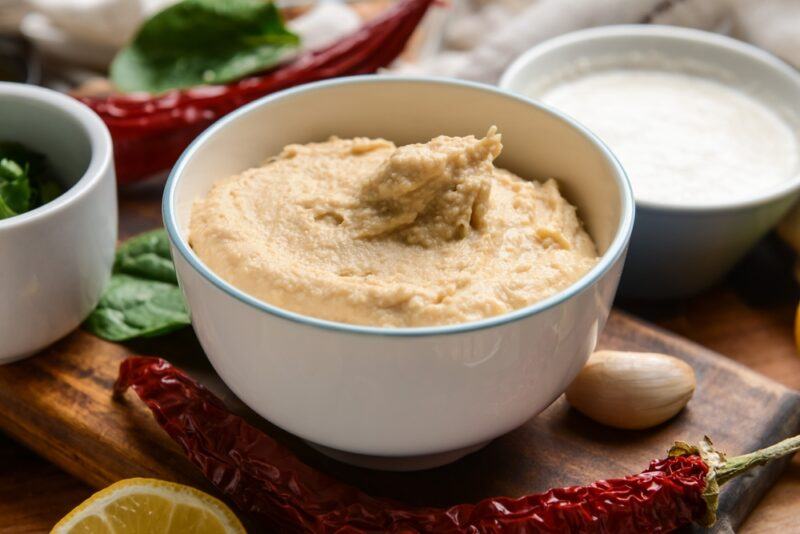
Hummus is a popular Middle Eastern dip and spread basically made from chickpeas, tahini, olive oil, garlic, and lemon juice. Not only is it delicious but it’s packed with nutrients as well. It’s a great source of plant-based protein and fiber. It also contains anti-inflammatory properties and is naturally gluten, dairy, and nut-free.
Lettuce
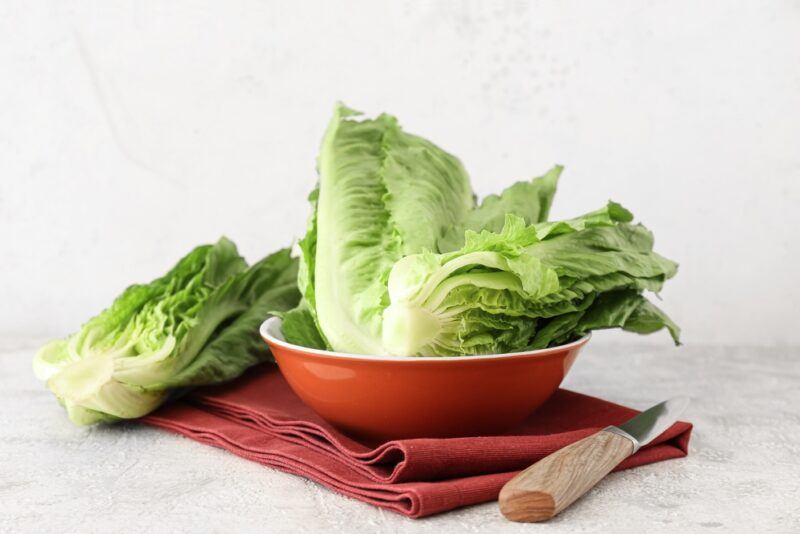
Lettuce is one of the most popular vegetables in the US and comes in four varieties – head lettuce, leaf lettuce, Romaine lettuce, and celtuce lettuce. The darker the leaves, the better, for they contain more nutrients. Depending on the variety, the amount of vitamin A, vitamin C, and iron varies.
Lima beans
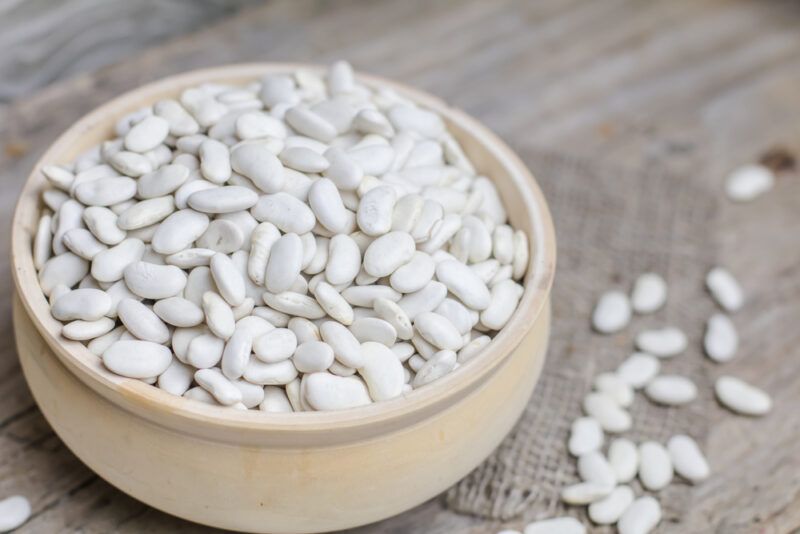
Lima beans, also called butter beans because of their buttery taste, are particularly a good source of protein, iron, and soluble fiber. It also contains manganese, molybdenum, copper, folate, phosphorus, and thiamine. Aside from being rich in nutrients, lima beans are also budget-friendly and are quite easy to prepare.
Mushrooms
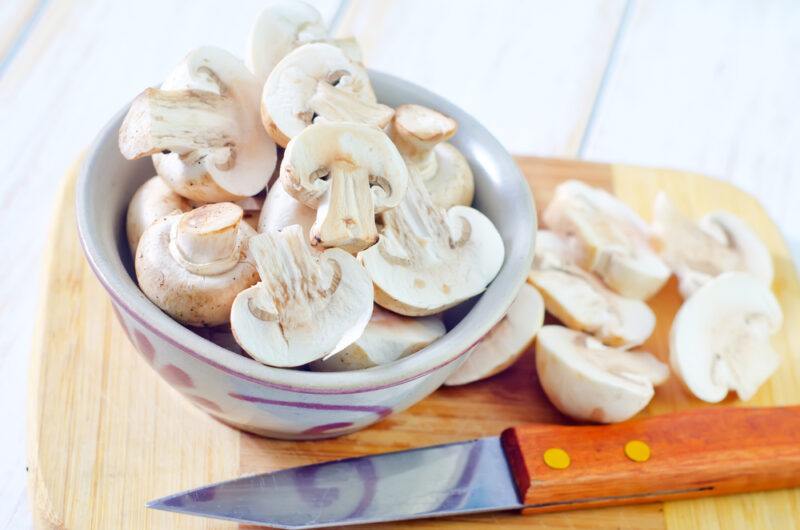
Mushrooms generally have an earthy and savory flavor which makes them a great meat substitute. It contains fiber, vitamins, and minerals. Depending on the type of mushrooms, their antioxidants, beta-glucan, B vitamins, copper, and potassium content vary. Mushrooms can be sauteed, grilled, broiled, roasted, or steamed. It’s quite popular among vegans and vegetarians because of its meaty taste and texture.
Onions
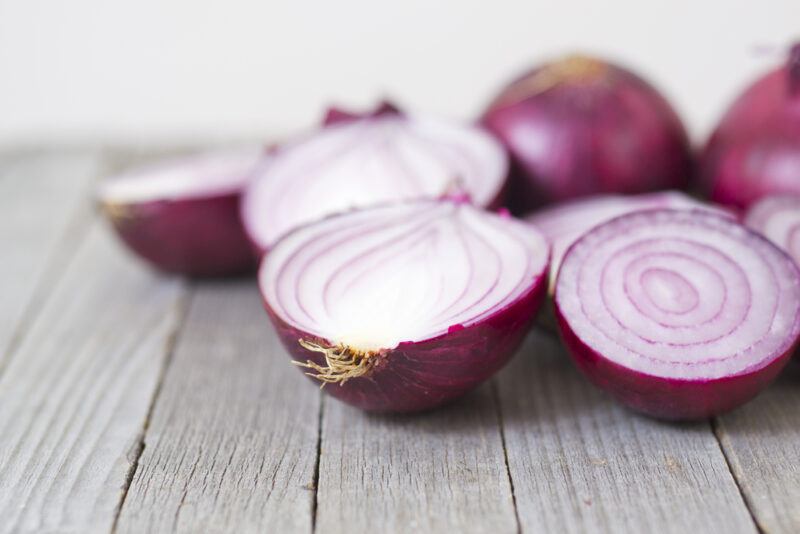
Onions are a staple in every kitchen. Most dishes benefit from their sweet, savory, and pungent flavor. It’s particularly rich in vitamin C and prebiotics. It also contains folate and pyridoxine. The red ones are also rich in anthocyanins. Onions are also a good source of potassium which helps in normal cellular function, nerve transmission, kidney function, muscle contraction, and fluid balance.
Pears
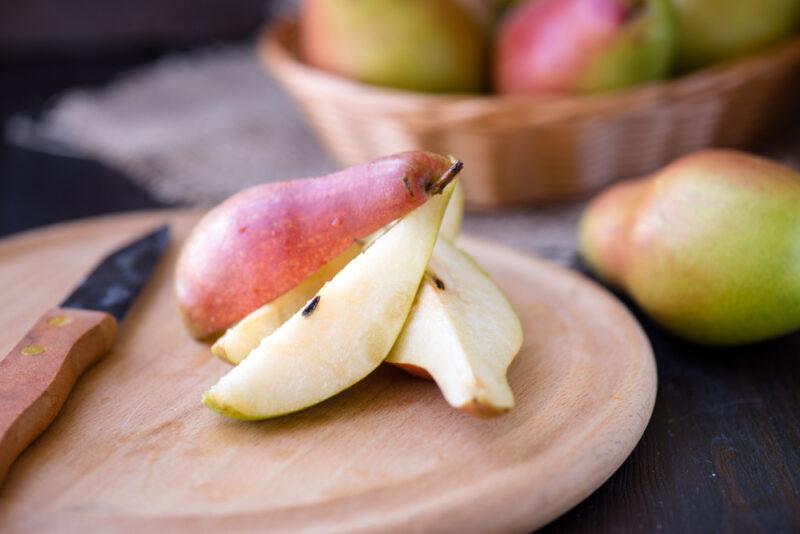
Pears are one of the oldest known fruits that date as far back as 1000 BC. They come in over 100 varieties that are grown worldwide. The United States is one of the largest pear producers. It contains fiber, copper, vitamin C, vitamin K, and potassium. Pears are also excellent sources of polyphenol antioxidants which are vital in protecting against oxidative damage. It also contains flavonoids which may help in reducing inflammation.
Peppers

Peppers, including bird’s eye, jalapenos, serrano, and others, are known for their bright colors, bold flavors, and heat. One of the top chile producing states in the US is New Mexico, not surprisingly so because some peppers like jalapenos and poblano peppers are known as Mexican vegetables. Peppers are rich in vitamin C, vitamin E, beta-carotene, and polyphenols including lutein, quercetin, and capsanthin.
Ricotta cheese
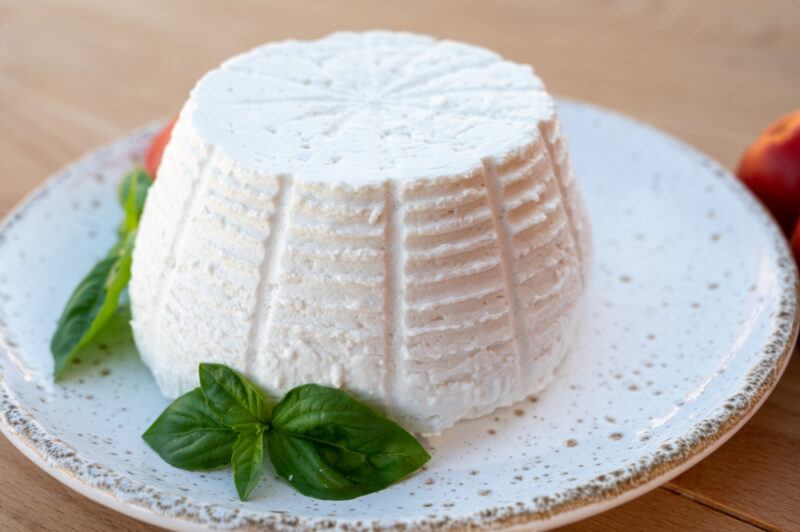
Ricotta cheese is made from whey, the leftover portion of another cheese-making process, that is reheated to produce moist and fine grains. It’s a great source of calcium and also contains vitamin A, riboflavin, niacin, vitamin B12, vitamin K, phosphorus, iodine, selenium, and zinc.
Snow peas
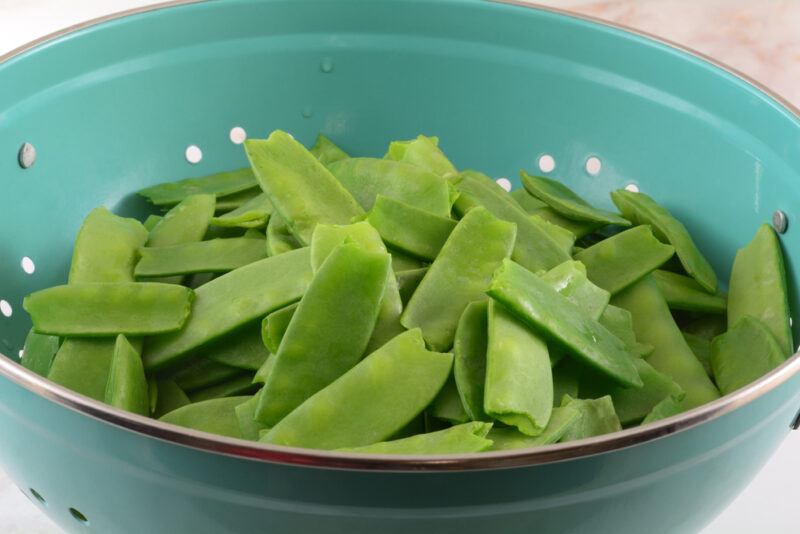
Snow peas are a variety of pea that is eaten whole – meaning the peas are still in the pod. They are more tender and crunchier when harvested while still unripe. Its pods are more palatable, unlike other peas’ that contain inedible fiber. Snow peas are packed with vitamins A and C, iron, potassium, magnesium, folic acid, and dietary fiber.
Tofu
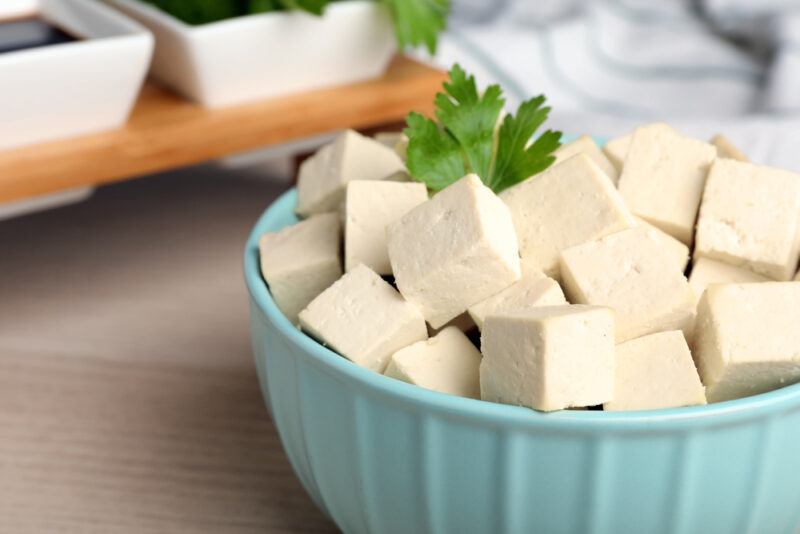
Tofu is made when soy milk separates into curds and whey. Silken tofu with a custardy texture is the most popular among tofu, it’s not pressed or drained. Other kinds include extra soft, medium, firm, and extra firm. Tofu is high in protein. It also contains all the essential amino acids, manganese, calcium, selenium, phosphorus, copper, magnesium, iron, and zinc.
Tomatoes
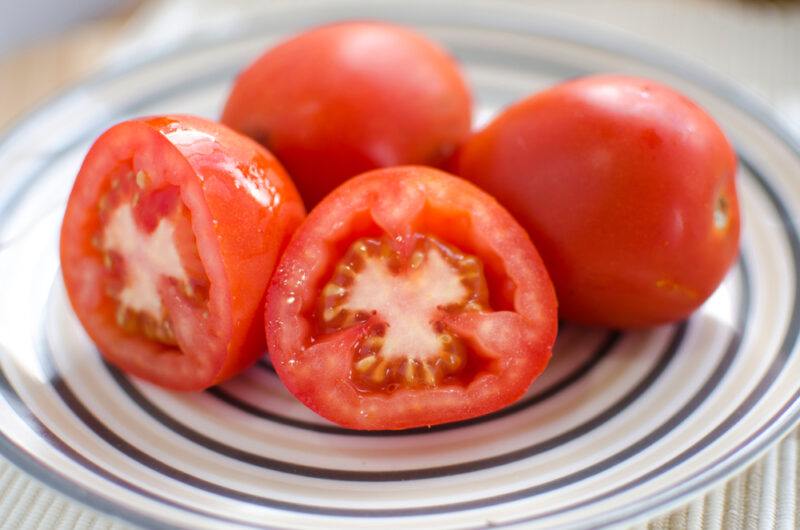
There are over ten thousand varieties of tomatoes. And although we’re used to seeing red tomatoes, they actually come in a variety of colors as well – yellow, purple, black, pink, and white. Tomatoes are rich sources of folate, vitamin C, and potassium. It’s particularly known for its lycopene content but it also contains beta-carotene, gamma-carotene, and phytoene.
Under-ripe banana
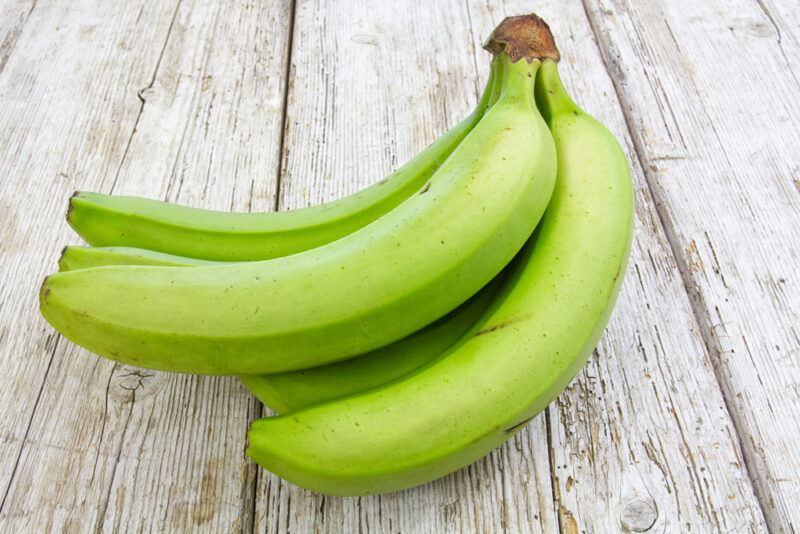
Under-ripe bananas are a great source of prebiotics which are good for gut health. It’s also FODMAP-friendly. Green bananas are full of resistant starch which makes your digestive system work a little harder. However, it’s not as sweet as older bananas because it contains less sugar and can taste a little bitter.
Wheat tortilla
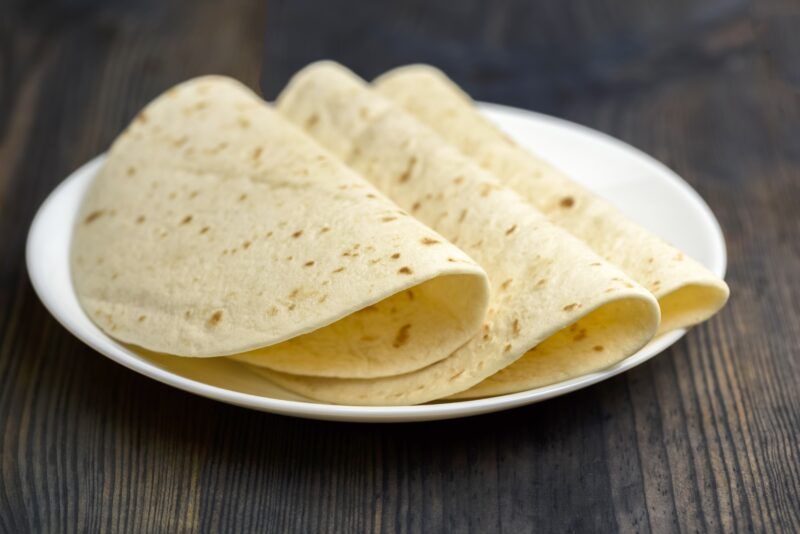
Wheat tortillas are low fat and low sodium. It also contains iron, B vitamins, potassium, manganese, complex carbohydrates, and fiber. When stored in the fridge in a tightly sealed container, it can last for up to 2 weeks. Pop them into the freezer if you’re planning to store them for several months.
Zucchini
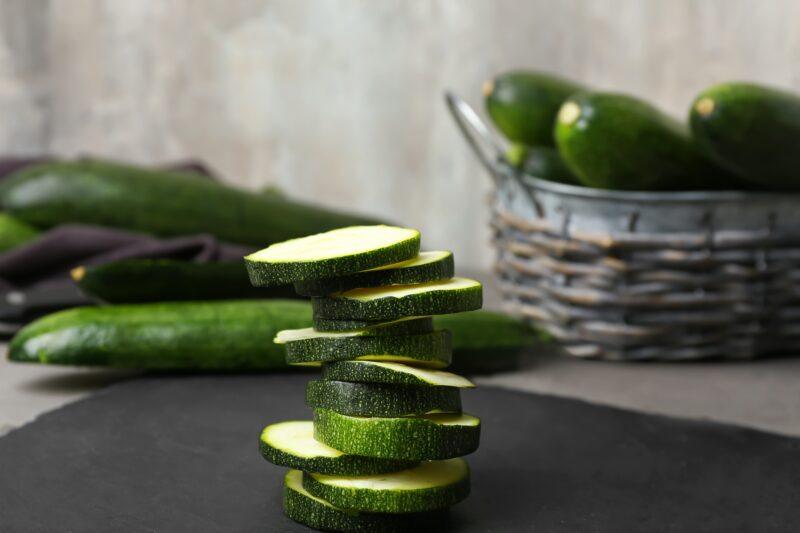
Zucchini is not just for zoodles, they’re quite versatile and pairs well with many recipes because of their mild flavor. It’s particularly rich in vitamin A. It also contains manganese, vitamin C, potassium, magnesium, vitamin K, folate, copper, phosphorus, vitamin B6, and thiamine. Fun fact, the highest level of its antioxidants content is found in its skin.
Spelt bread
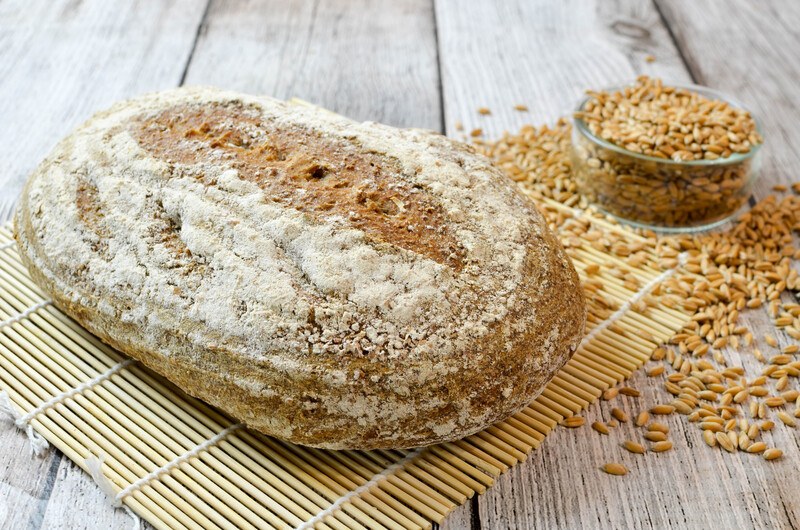
Spelt bread tastes slightly sweet and nutty with a soft and tender crumb. You’ll notice that it’s less bitter than your usual whole wheat bread. It’s a great source of dietary fiber and also particularly rich in protein, iron, magnesium, zinc, phosphorus, and niacin. Spelt is actually just one of the many ancient grains which have remained mostly unchanged for thousands of years.
Sourdough bread
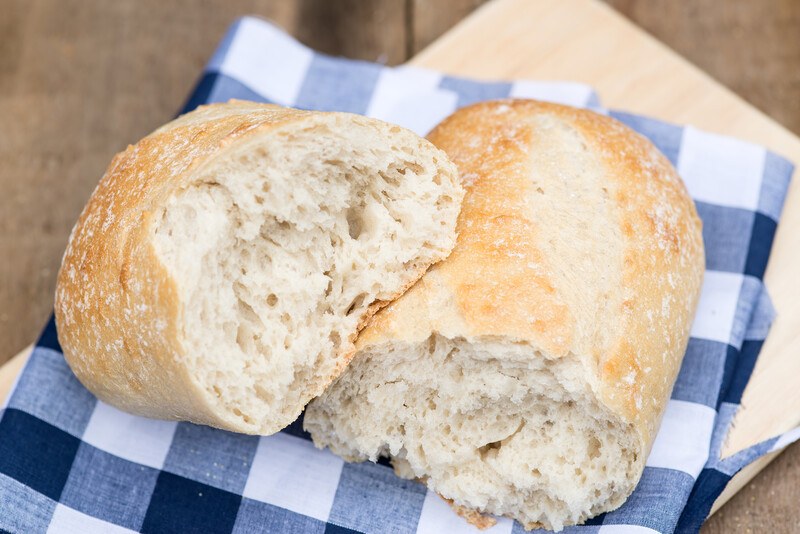
Sourdough bread has a somewhat sour, tangy flavor that is quite unique to this particular bread. The flavor slightly differs depending on how you keep your sourdough starter going – the longer it takes, the better the flavor. It contains high levels of folate and antioxidants compared to other breads. It also has decent amounts of calcium, iron, manganese, zinc, potassium, thiamin, riboflavin, iron, magnesium, and more.
Oat bran
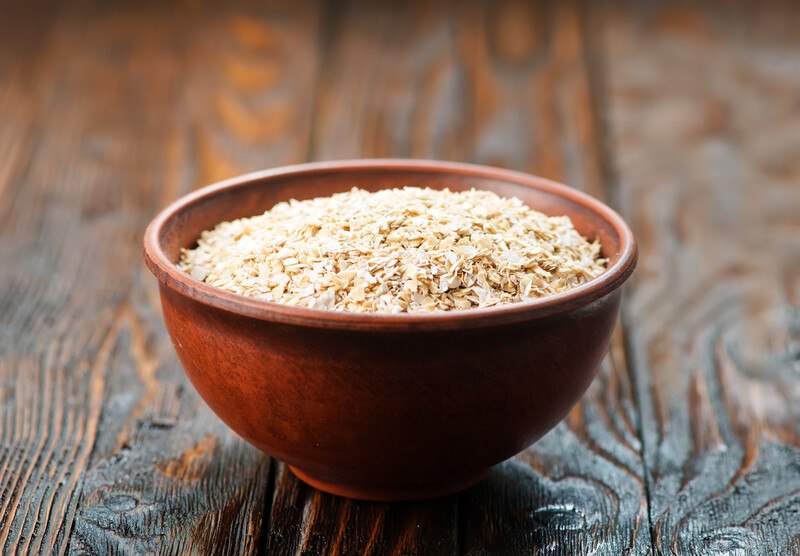
Oat bran has a nutty flavor with a slightly sweet taste and oaty richness. It is actually the outer casing of oat grain. It can be used raw in cereals, yogurt, or smoothies and can be cooked into porridge-like breakfast cereal. Oat bran has about 50% more dietary fiber and protein than oatmeal.
Steel-cut oats
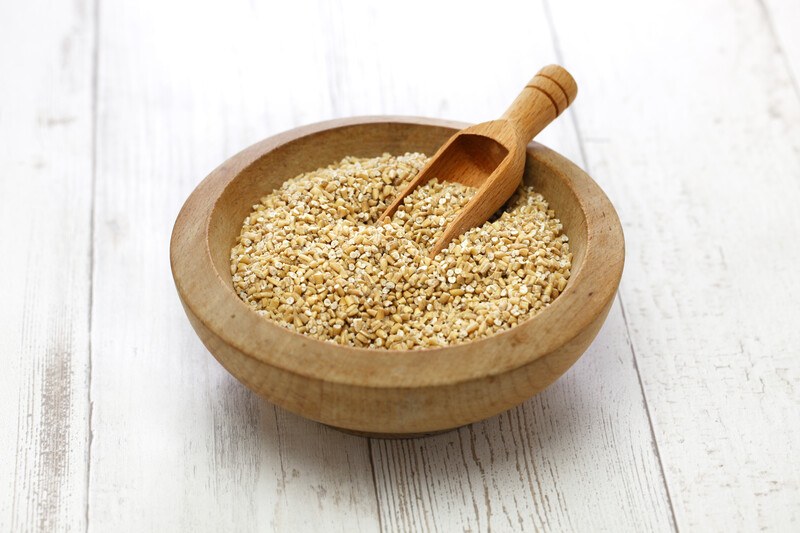
Steel-cut oats, also called pinhead oats, Irish oatmeal, or coarse oatmeal, have a nutty flavor with a chewy texture. They are actually oat groats that have been cut into 2 or 3 pieces. Because of its size and shape, our body breaks it down much more slowly compared to rolled oats. And not only is it high in water-soluble fiber and protein, but it’s also a good source of vitamin B complex and iron.
Bulgur
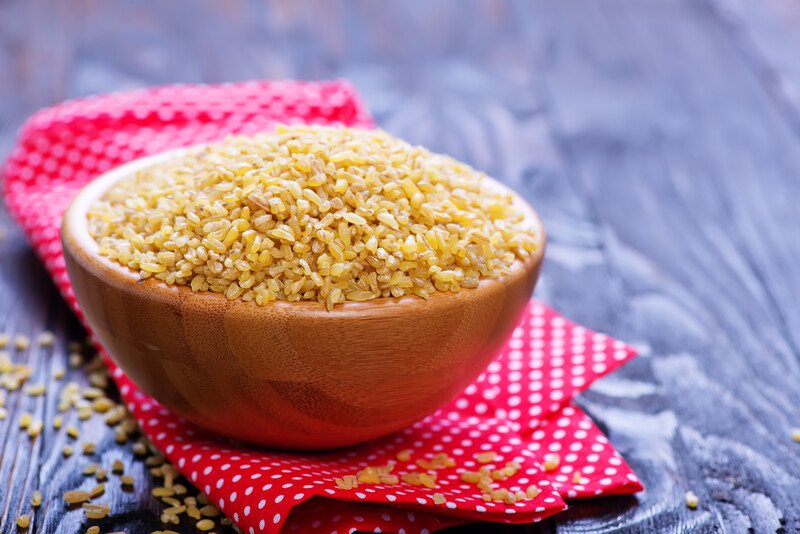
Bulgur has a light and nutty flavor and a chewy texture when cooked. It is made from parboiled wheat or parboiled groats of other wheat species. It is very versatile and can be added to salads, bread, stews, or eaten as is as a side dish. It is a good source of fiber, manganese, magnesium, and iron.
Barley
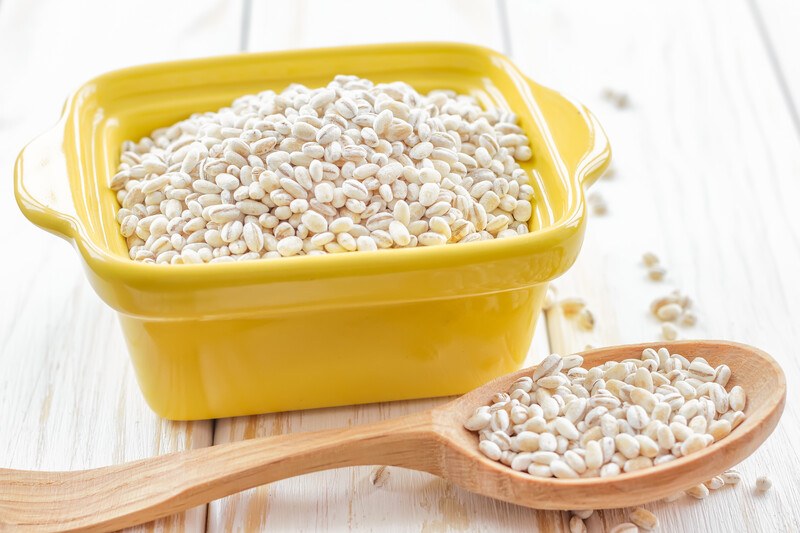
Barley has a very subtle nutty flavor with a slightly chewy texture. It’s a great neutral-tasting base for a lot of dishes like stir-fries or casseroles. It can be eaten like a breakfast porridge as well. Cooking barley is similar to cooking rice. Aside from fiber, it’s also a rich source of molybdenum, manganese, and selenium.
Quinoa
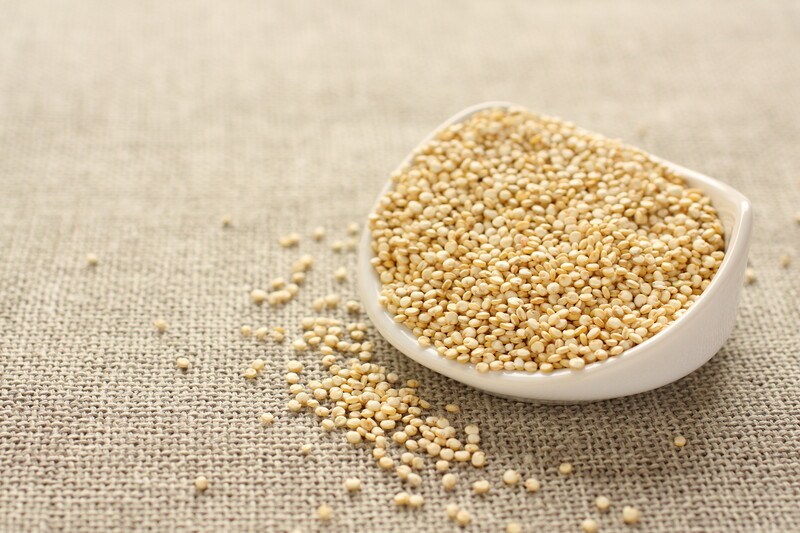
Quinoa tastes somewhat nutty and creamy with a crunch. It’s quite like brown rice crossed with oatmeal. Compared with other common grains, it is particularly a good source of antioxidants. It’s rich in fiber and protein and contains sufficient amounts of all 9 essential amino acids. Quinoa is also gluten-free.
Sweet potato
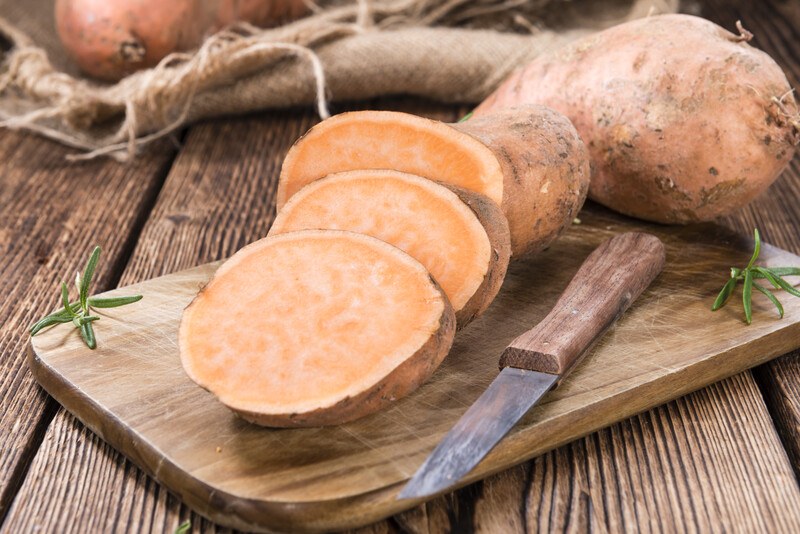
Sweet potatoes have a mild, sweet, and starchy taste with a slightly earthy and nutty flavor. Not only is it rich in fiber, but it’s also very nutritious and very filling as well. Sweet potatoes are better stored in a cool, dry, well-ventilated container rather than in the refrigerator. They’re high in beta-carotene, iron, potassium, and vitamins E, C, and B6.
Apricot
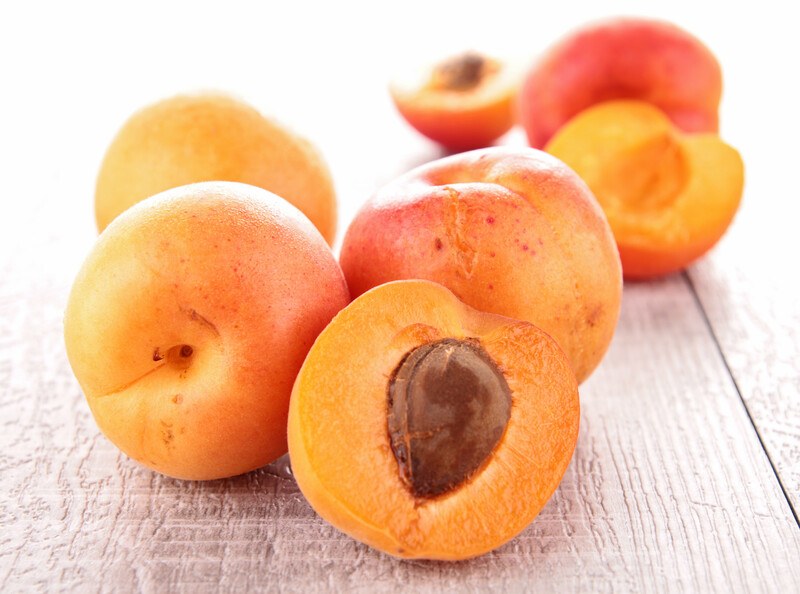
Apricot is a juicy fruit with a lovely sweet and slightly tart flavor. Some describe its taste as a cross between a peach and a plum – which are a close relative of Apricot. It’s rich in vitamin A and is also a good source of vitamin C, dietary fiber, and potassium. An ounce of apricots contains enough beta-carotene to supply 20% of daily vitamin A requirements.
Cantaloupe
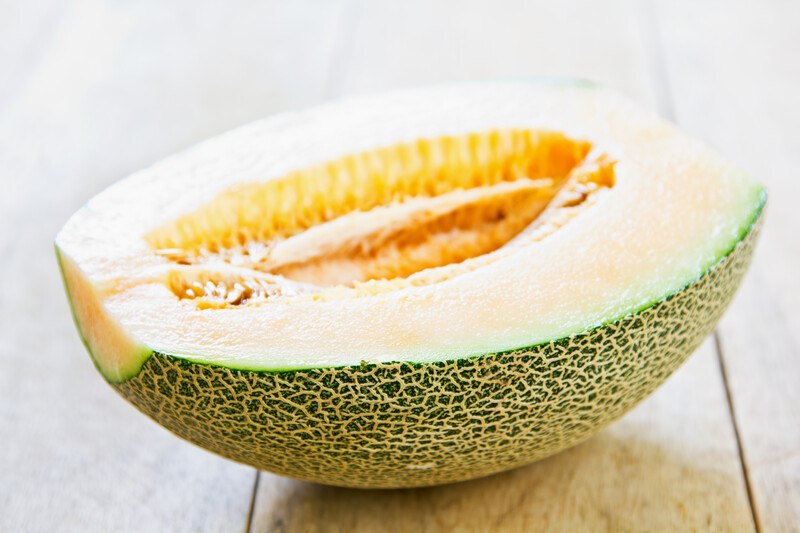
Cantaloupe has a very distinct sweet flavor. It is juicy and tender and should not have a sour or bitter taste. You can straight up eat it, but you can also try adding it to a salad, soup, smoothies, sauces, and even in cocktails! It’s packed with vitamin C and A and a good amount of fiber and potassium. It helps boost the immune system and maintain healthy blood sugar levels and metabolism.
Grapefruit
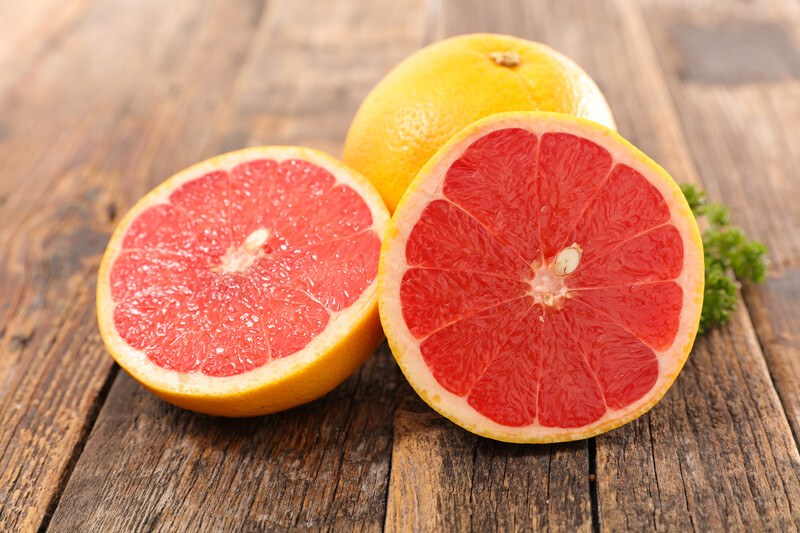
Grapefruit tastes like a cross between a tart lemon and sweet orange with a slightly floral quality. It comes in red, pink, and yellow varieties. It’s rich in vitamin C, fiber, and antioxidants. It also contains vitamin A, potassium, thiamine, folate, and magnesium. Red, pink, and white grapefruit have nearly identical nutrition contents except for vitamin A. Red and pink have 25 times more vitamin A than white ones.
Honeydew melon

Honeydew melon is a very juicy fruit with a delicate sweet taste that is slightly floral and fruity flavor. It also has a faint, sweet aroma. Honeydew melons are rich in vitamin C. It also contains potassium, vitamin B6, folate, vitamin K, and magnesium. It may help reduce blood pressure, support healthy skin and vision, promote proper digestion, and improve blood sugar control.
Plums
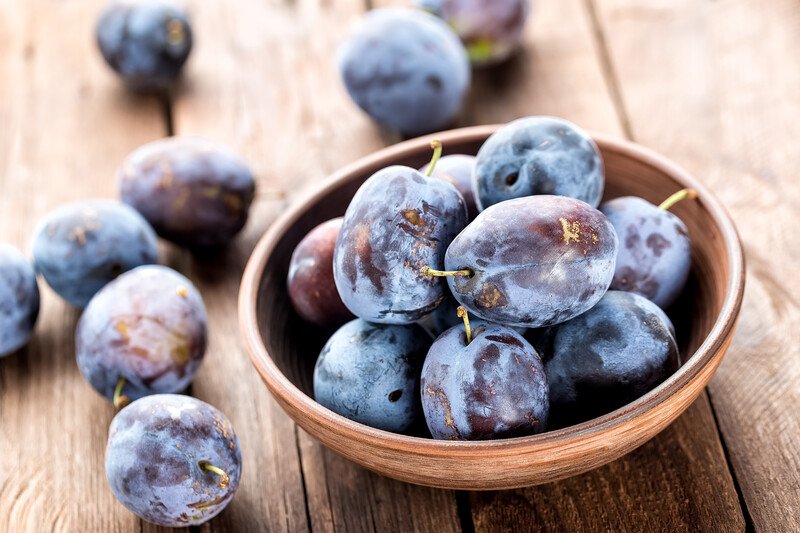
Plum’s taste can range from sweet to tart. The plum-colored plums are called purple plums. There are also other color varieties such as reddish-purple, red, yellow, green, and even white. It belongs to the same Rosaceae family as the peach and apricot. Plums are full of antioxidants. They’re good for protecting the heart by managing high blood pressure and reducing the risk of stroke.
Pomegranate
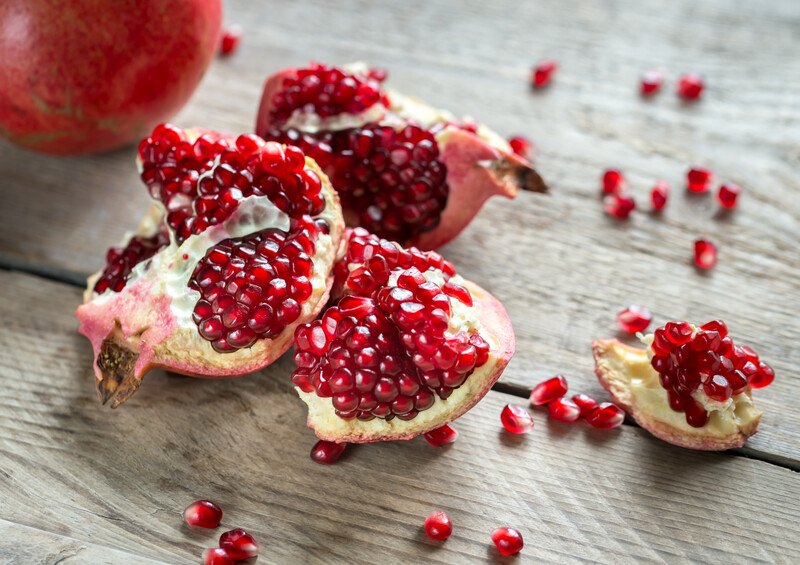
Pomegranate seeds and juice has a sweet and tart taste with a slightly musty or earthy flavor. This fruit actually belongs to the berry family and is a native to the Middle East. The hundreds of seeds it contains are called arils. Pomegranate is a good source of fiber, vitamin C, vitamin K, folate, and potassium.
Almond milk
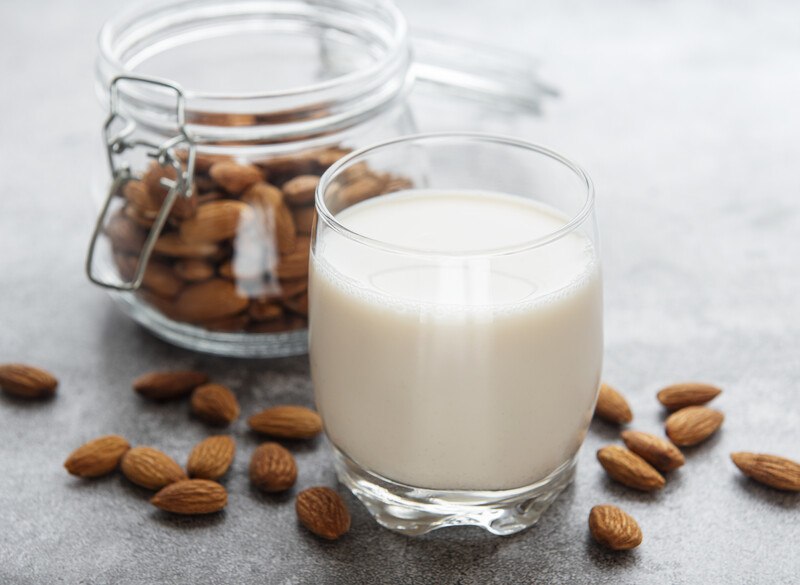
Almond milk tastes nutty with a creamy texture. It’s quite similar to cow’s milk. Almond milk is actually watered down and contains much fewer nutrients than whole almonds – the concentration depends on how many almonds are used in making it and the amount of water it contains. You have to factor in as well if any vitamins and minerals are added.
Skim milk

Skim milk may taste slightly sweeter than whole milk because the fat is no longer there to round out the flavor. It is however nutrient-dense. Its calcium content is actually higher compare to whole milk. It also contains vitamin A, phosphorus, vitamin D, vitamin B12, and selenium. Skim milk is actually good for cardiovascular health and weight management.
Soy milk
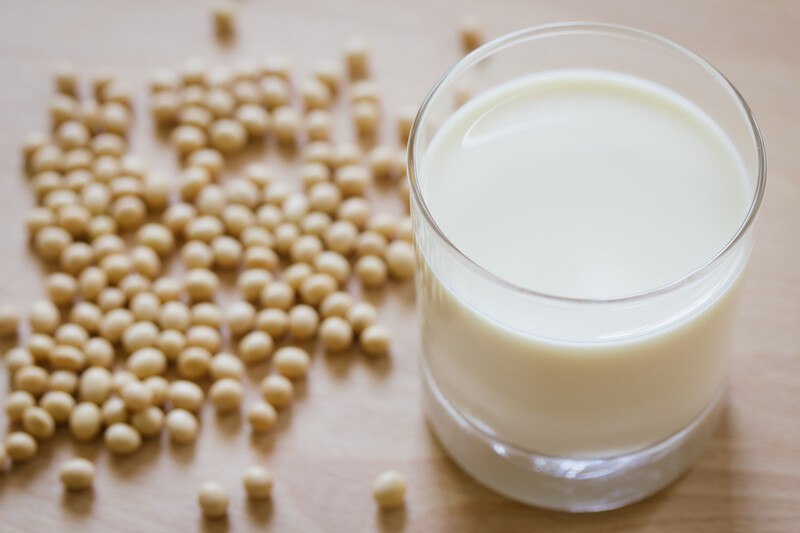
Soy milk has a mild, creamy, bean-like flavor. It’s made from whole soybeans or soy protein isolate. Commercial soy milk is usually treated to mask the beany flavor and is done by processing and by adding sugar and flavorings. It’s also usually artificially thickened to make the drink feel more like a regular whole cow’s milk. Soy milk is a good source of protein and potassium.
Edamame
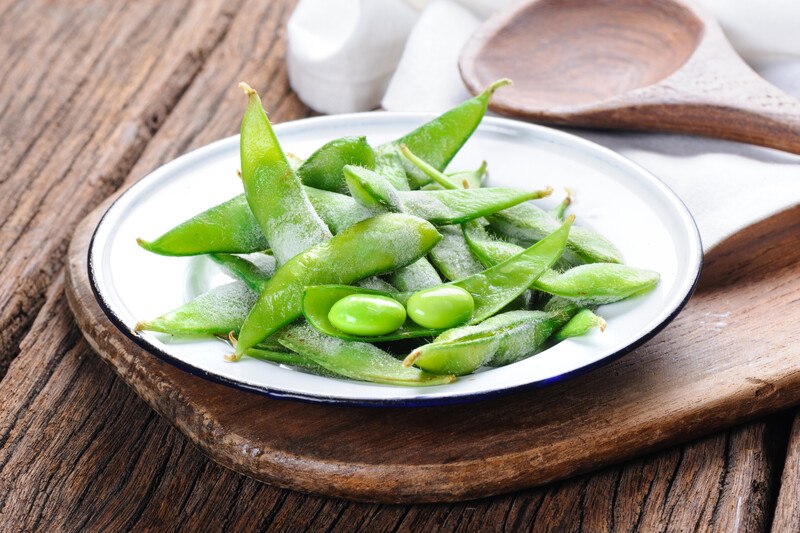
Edamame tastes buttery with a slight sweetness and nuttiness, somewhere between an almond and a pea. Its texture is also quite firmer compared to peas but is still soft with a bite. Edamame is a great source of protein and is also high in fiber, folate, manganese, and vitamin K. It’s also a great source of magnesium, iron, thiamin, phosphorus, potassium, and copper.
Mung beans
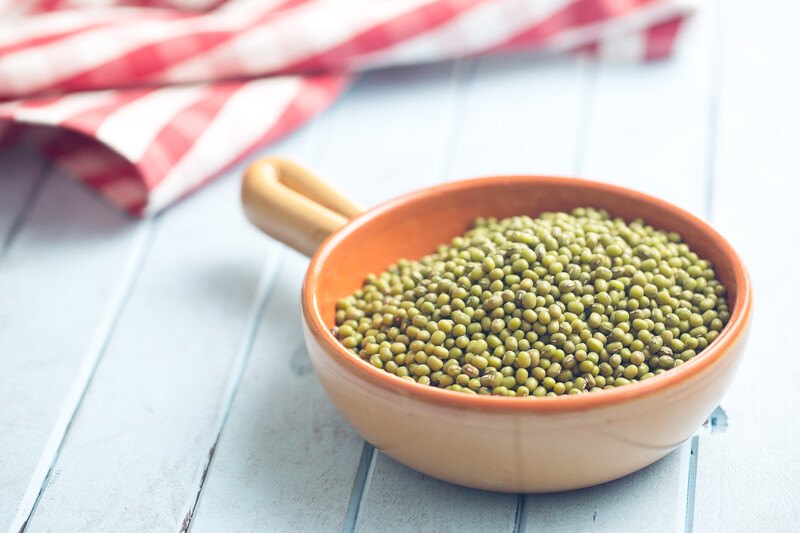
Mung beans have a slightly sweet taste with a nutty flavor. It’s quite versatile and can be easily added to dishes like salads, curries, and soups. It’s usually used in Asian desserts because of its slightly sweet taste. It’s a good source of protein, folate, and vitamins B6 and K. It also contains minerals like iron, calcium, magnesium, phosphorus, and potassium.
Romano beans
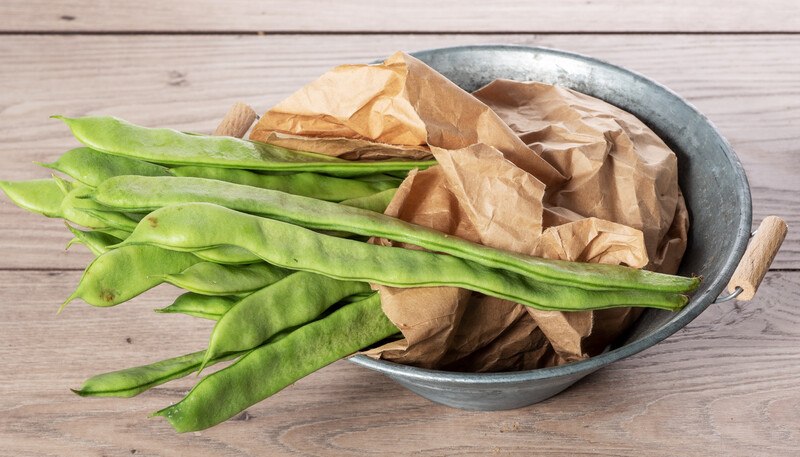
Romano beans also referred to as Italian flat beans, have a taste quite similar to green beans only more delicate and slightly sweeter. The green and yellow varieties are more common, but there is also one that comes in

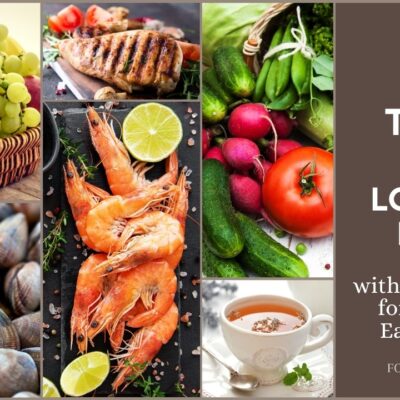

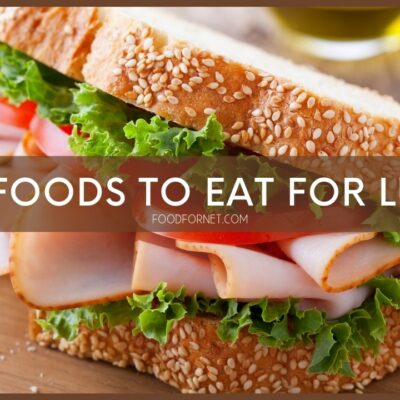
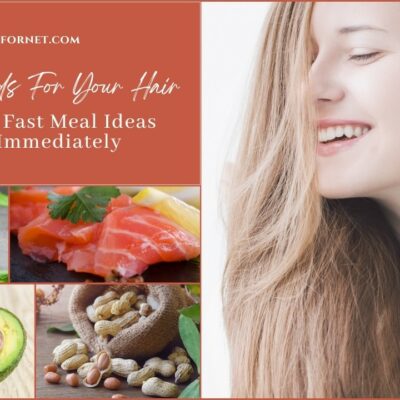


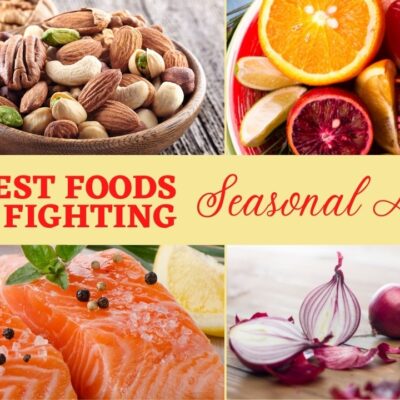
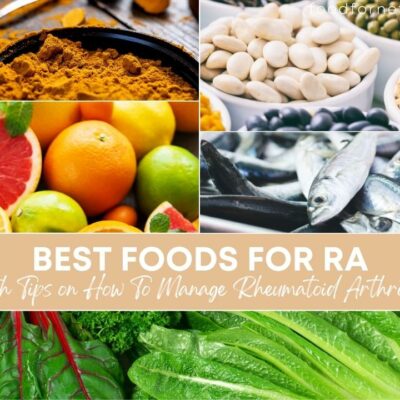


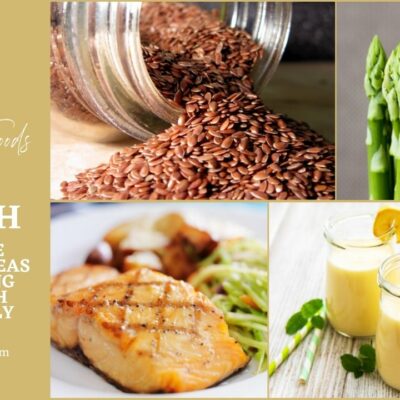
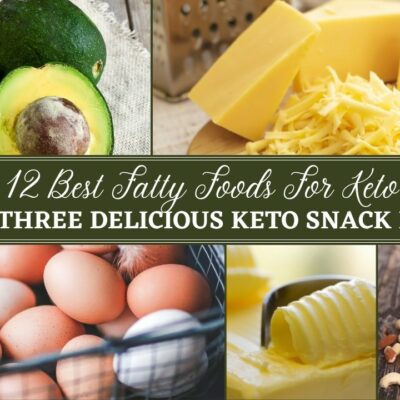
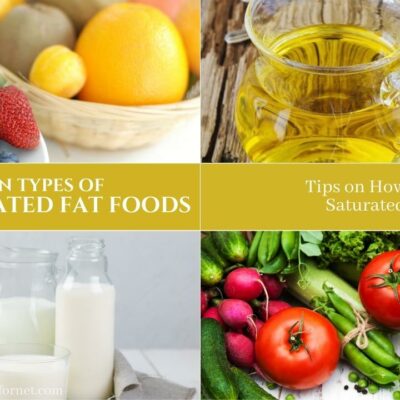
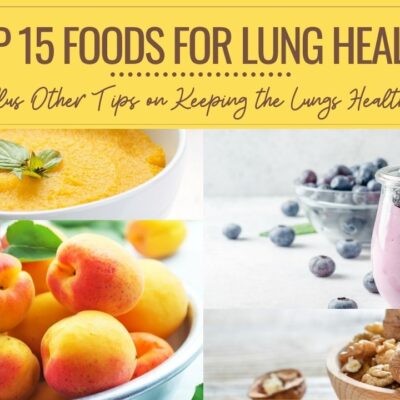
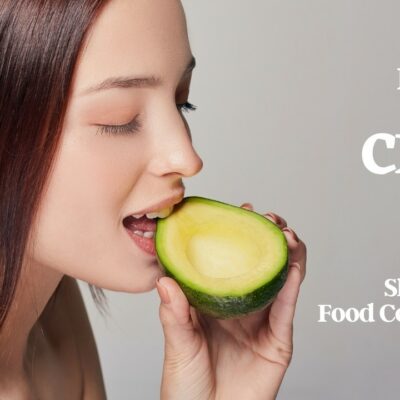
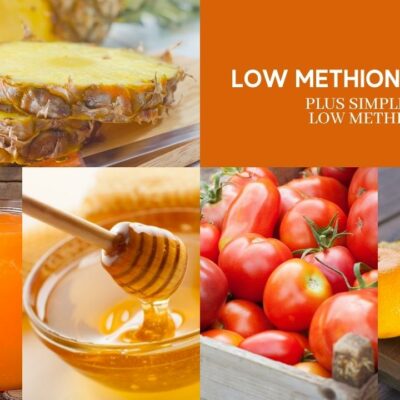
 Is Asparagus Good For You?
Is Asparagus Good For You?
Leave a Reply